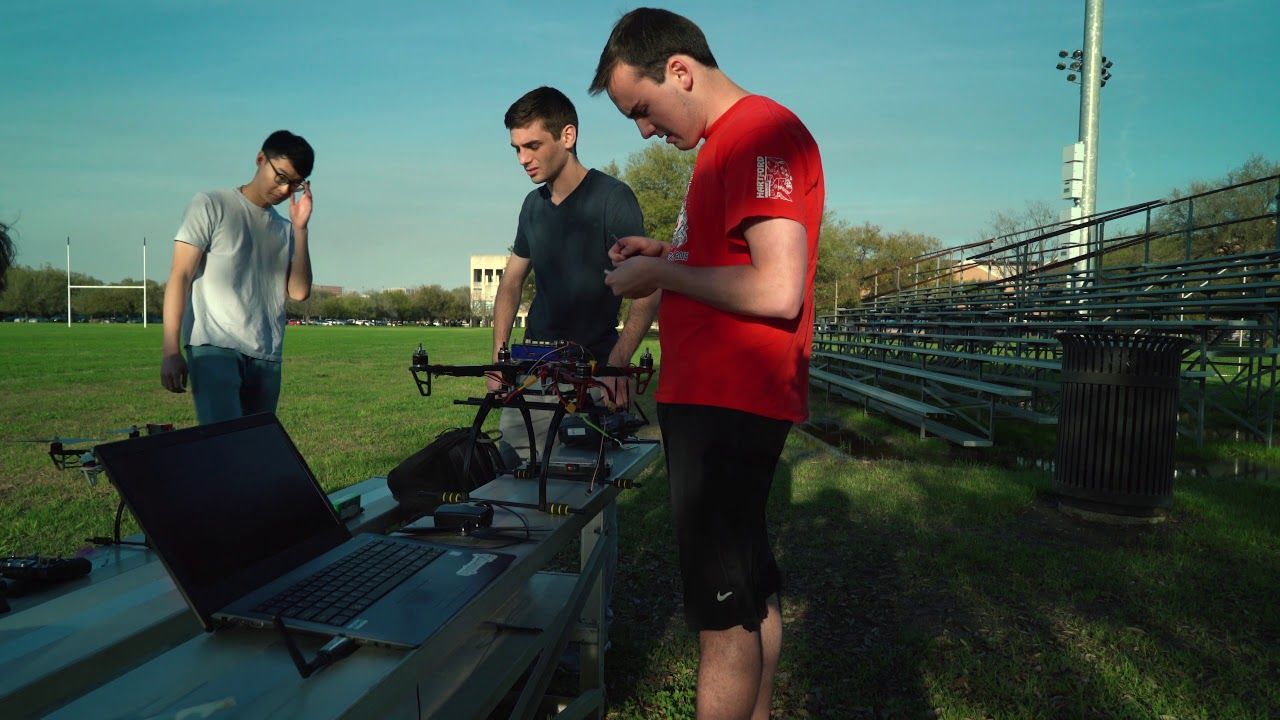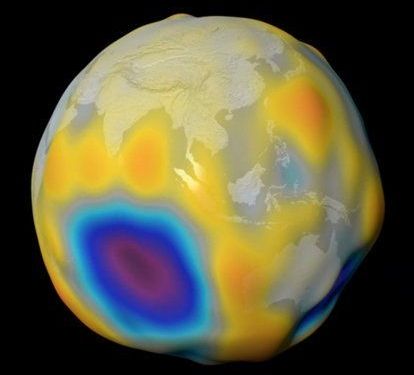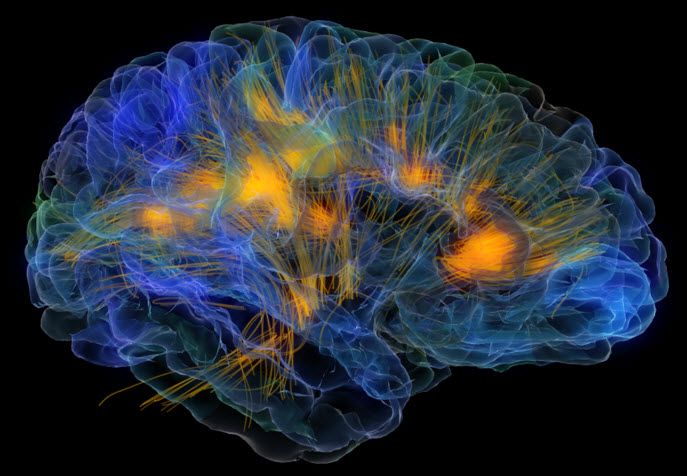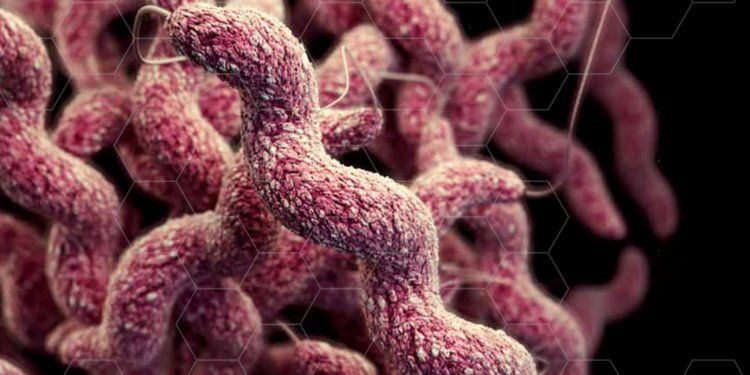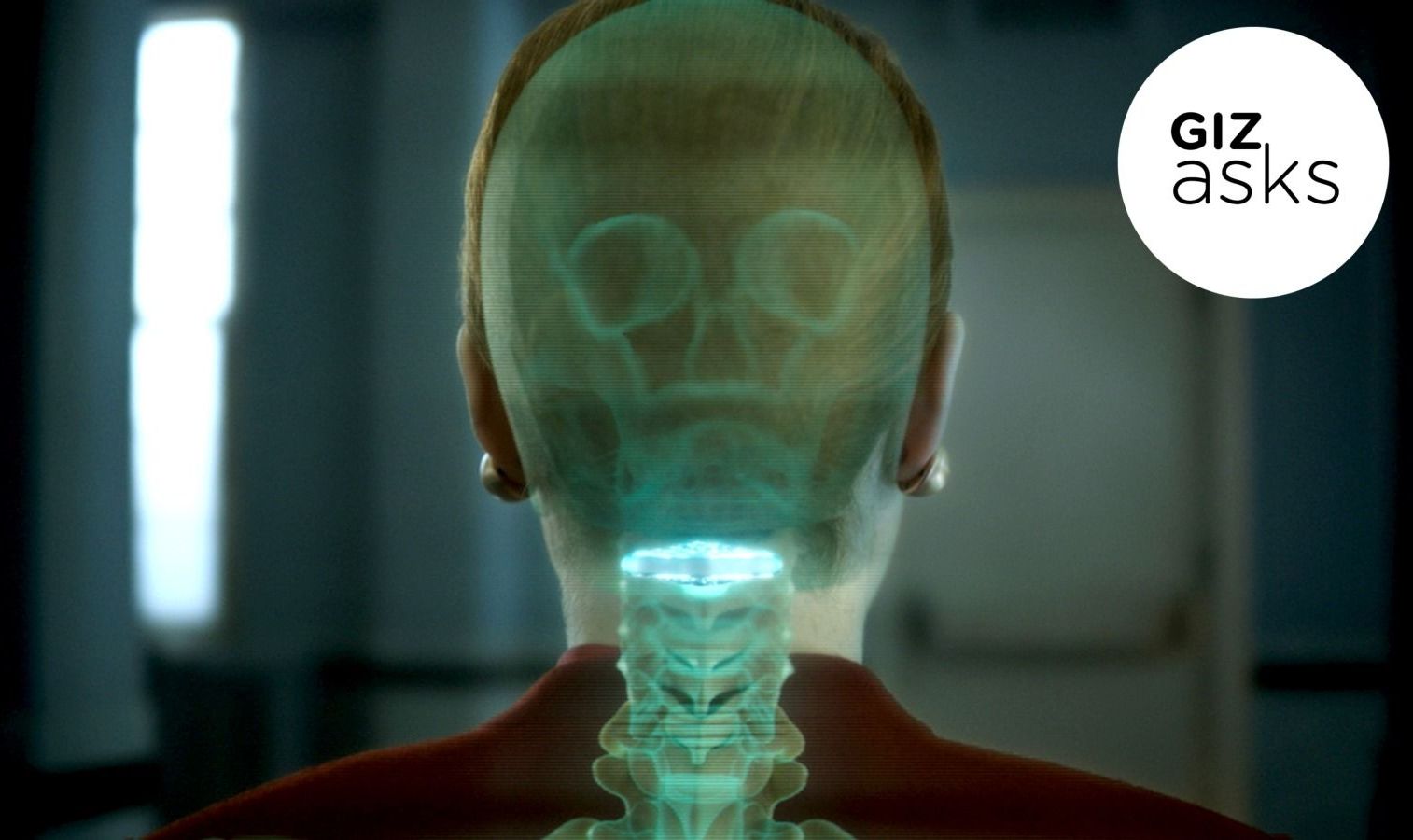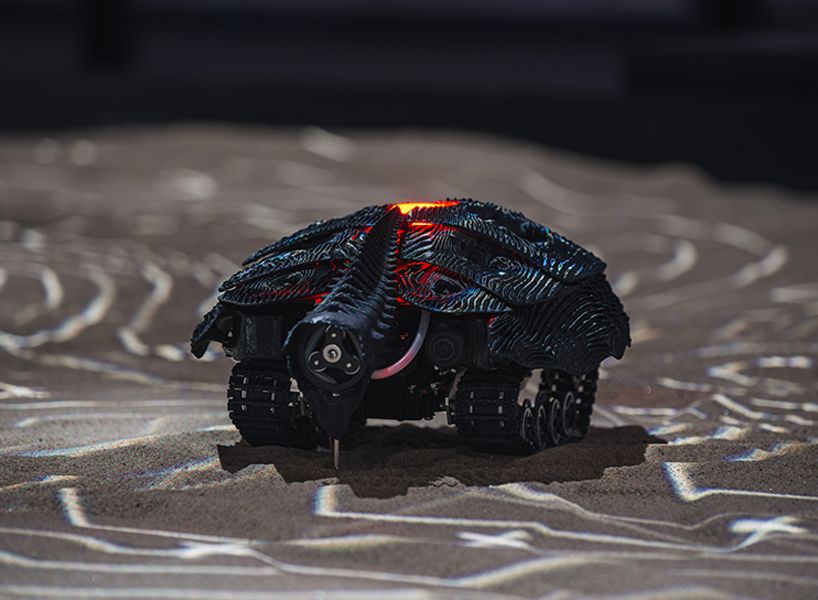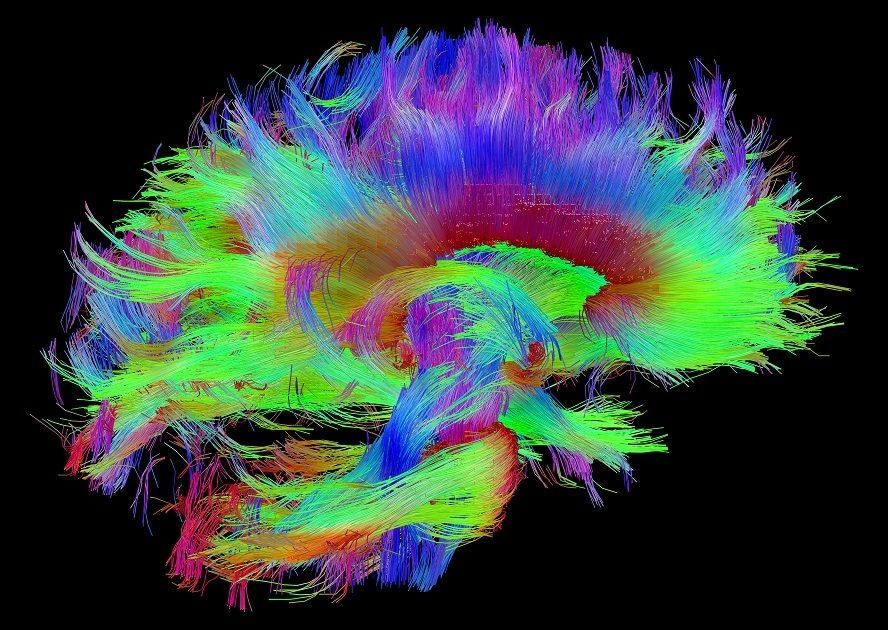Archive for the ‘mapping’ category: Page 50
Apr 10, 2018
The ESA Just Discovered a Second Magnetic Field Surrounding Our Planet
Posted by Genevieve Klien in categories: mapping, satellites, sustainability
A trio of satellites studying our planet’s magnetic field have shown details of the steady swell of a magnetic field produced by the ocean’s tides.
Four years of data collected by the European Space Agency’s (ESA) Swarm mission have contributed to the mapping of this ‘other’ magnetic field, one that could help us build better models around global warming.
Physicist Nils Olsen from the Technical University of Denmark presented the surprising results at this year’s European Geosciences Union meeting in Vienna, explaining how his team of researchers managed to detail such a faint signature.
Continue reading “The ESA Just Discovered a Second Magnetic Field Surrounding Our Planet” »
Mar 18, 2018
The Limits of Neuroplasticity in the Brian
Posted by Nicholi Avery in categories: biotech/medical, computing, engineering, mapping, neuroscience
One of the #brain’s mysteries is how exactly it reorganizes new #information as you learn new tasks. The standard to date was to test how neurons learned new behavior one #neuron at a time. Carnegie Mellon University and the University of Pittsburgh decided to try a different approach. They looked at the population of neurons to see how they worked together while #learning a new behavior. Studying the intracortical population activity in the primary motor cortex of rhesus macaques during short-term learning in a brain–computer interface (BCI) task, they were able to study the reorganization of population during learning. Their new research indicates that when the brain learns a new activity that it is less flexible than previously thought. The researchers were able to draw strong hypothesis about neural reorganization during learning by using BCI. Through the use of BCI the mapping between #neural activity and learning is completely known.
“In this experimental paradigm, we’re able to track all of the neurons that can lead to behavioral improvements and look at how they all change simultaneously,” says Steve Chase, an associate professor of biomedical engineering at Carnegie Mellon and the Center for the Neural Basis of #Cognition. “When we do that, what we see is a really constrained set of changes that happen, and it leads to this suboptimal improvement of performance. And so, that implies that there are limits that constrain how flexible your brain is, at least on these short time scales.”
It is often challenging to learn new tasks quickly that require a high level of proficiency. Neural plasticity is even more constrained than previously thought as results of this research indicate.
Continue reading “The Limits of Neuroplasticity in the Brian” »
Mar 1, 2018
Asteroid Institute adds Google Cloud and AGI as tech partners for asteroid tracking
Posted by Genevieve Klien in categories: mapping, robotics/AI, space
![]()
Google Cloud and AGI (a.k.a. Analytical Graphics Inc.) have gotten on board with the B612 Asteroid Institute to develop a cloud-based platform for keeping track of asteroid discoveries.
The two companies have become technology partners for the Asteroid Decision Analysis and Mapping project, or ADAM, which aims to provide the software infrastructure for analyzing the trajectories of near-Earth objects, identifying potential threats, and sizing up the scenarios for taking action if necessary.
Feb 26, 2018
A startup that wants to better understand the relationship our gut has to our brain just raised $66 million
Posted by Shailesh Prasad in categories: biotech/medical, mapping, neuroscience
A startup working to better understand the relationship our gut has with our brain has raised another $66 million.
New York-based Kallyope raised its series B round from new investors Two Sigma Ventures and Euclidean Capital. They were joined by Polaris Partners, Illumina Ventures, Lux Capital and others that had invested in Kallyope’s $44 million series A round in 2015.
Kallyope is trying to figure out how exactly the brain interacts with the gut by mapping it out. By collecting sequencing information about cells in the gut, for example, Kallyope can better figure out how they’re connected to neurons in the brain in a series of circuits. Understanding that relationship could lead to pills that could interact with the gut’s signals and in turn pass that message along to the brain.
Feb 21, 2018
Will We Ever Be Able to Upload a Mind to a New Body?
Posted by Derick Lee in categories: mapping, neuroscience, robotics/AI
The Netflix series takes place hundreds of years in the future, but references versions of technology that have been in development for years, like brain mapping, human and AI neural links, and mind uploading to computers. Millions of dollars has been bumped into technological ideas that promise, one day, our brains will be turned digital. That said, there are those who believe the human mind is too complex, and our consciousness too nuanced, to be recreated in a digital product. And none of that even goes into what would happen if someone’s digitized mind was placed into real human flesh.
Will we ever be able to upload our minds into other bodies? Furthermore, should we? And honestly, if we ever achieved such a feat, could we even call ourselves human anymore? On this week’s Giz Asks, we reached out to experts in neuroscience, philosophy and futurism.
Jan 25, 2018
Noumena’s Robotic Habitats Questions The Evolution of Artificial Intelligence
Posted by Klaus Baldauf in categories: habitats, mapping, robotics/AI, space
for the 2017 tallinn architecture biennale, noumena has presented its installation based on the future of robots and its adaptability with the environment. deep learning has paved the way for machines to expand beyond narrow capabilities to soon achieving human-level performance on intellectual tasks. however, as artificial intelligence — A.I. — establishes its place within humans, society will need to develop a framework for both to thrive. a new form of artificial life will emerge, finding space at the peripheries of humanity in order to not compete for human-dominated resources. A.I. will attempt to improve its operating surroundings to not just survive but be self-sustaining, forming the basis of a civilization constrained at the intersection of nature and technology.
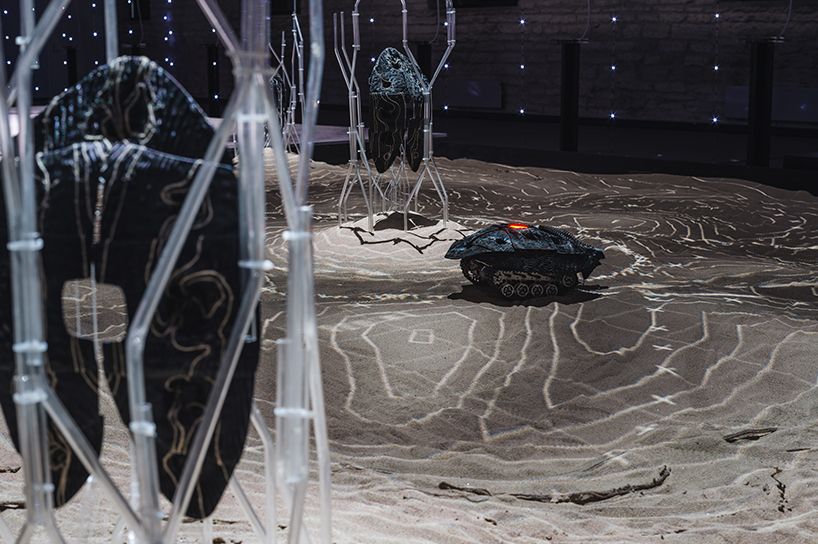
image © tõnu tunnel.
barcelonian based practice noumena has developed a framework to build this narrative based on the cross disciplinary intersection of computational design, mechanical and electronic design, rapid prototyping interaction and mapping. nowadays, computing tools as well as rapid prototyping machines allow to have a quick practical feedback on design solutions and to iterate experimenting different possibility at the same time giving the chance to choose and custom a functional part.
Continue reading “Noumena’s Robotic Habitats Questions The Evolution of Artificial Intelligence” »
Jan 19, 2018
First full-colour motion video from satellites
Posted by Klaus Baldauf in categories: mapping, satellites
Earth-i, a mapping service based in England, has launched a prototype of the world’s first full-colour, full-motion video satellite constellation.
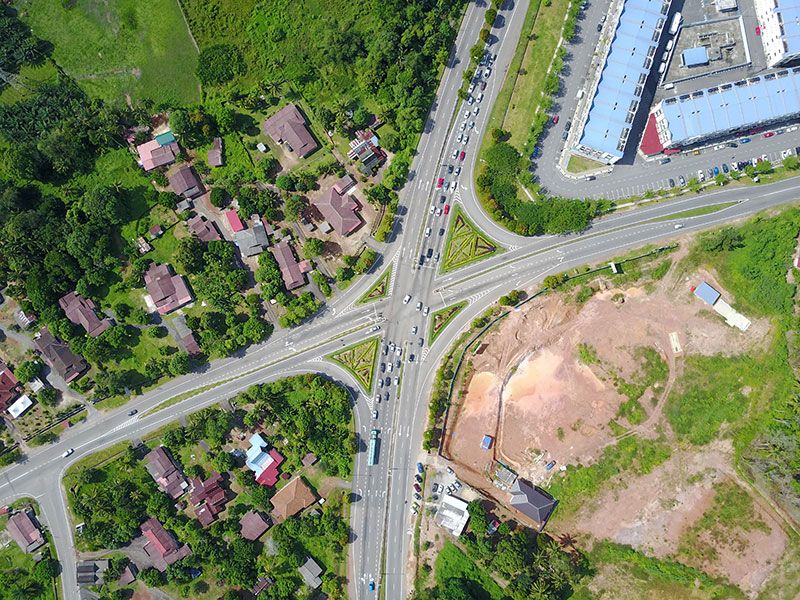
British company Earth-i has successfully launched a prototype of its upcoming satellite constellation into orbit. The new network – known as Vivid-i – will be the first of its kind to provide full-colour motion video and the first European-owned constellation able to provide both video and still images.
Jan 15, 2018
Chasing Breakthrough Cures for Parkinson’s Disease
Posted by Brady Hartman in categories: biotech/medical, life extension, mapping, neuroscience
Scientists are searching for an effective Parkinsons treatment.
Summary: A disease-modifying drug for Parkinson’s disease remains the goal of researchers as they develop promising treatments using gene therapy, autophagy upregulators, and brain mapping. [Author: Brady Hartman. This article first appeared on LongevityFacts.]
Parkinson’s, Alzheimer’s and other forms of dementia are diseases of aging, and the incidence of these conditions rise with each passing year. Doctors expect these disorders to ramp up with increasing life expectancies.
Continue reading “Chasing Breakthrough Cures for Parkinson’s Disease” »
Nov 15, 2017
Warning: N. Korea mapping specific plan for ‘devastating’ EMP
Posted by John Gallagher in categories: existential risks, government, mapping
Only a few weeks after a team of experts warned Congress that the nation faces an “existential threat” from North Korea from a possible electromagnetic pulse attack, a new report says the rogue nation is mapping a specific plan.
Paul Bedard at the Washington Examiner wrote in his “Washington Secrets” column that the White House “is being warned that North Korea is mapping plans for a ‘devastating’ attack on the United States with an atmospheric nuclear explosion that would disable the nation’s electric grid, potentially leading to the deaths of virtually all impacted.”
He said President Trump “is being urged to create a special commission to tackle the potential for an electromagnetic pulse attack, one similar to the iconic Manhattan Project.”
Continue reading “Warning: N. Korea mapping specific plan for ‘devastating’ EMP” »
